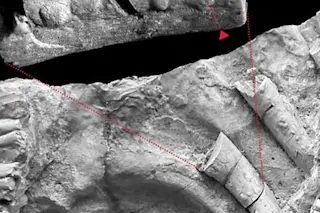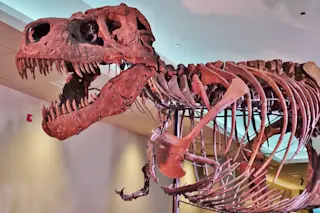One of the oldest diseases to haunt our species — the lung infection known as pneumonia — is actually a lot older. Evidence of pneumonia, and possible tuberculosis, has turned up in a marine reptile that’s 245 million years old.
Researchers analyzed a fragmentary specimen of “Proneusticosasiacus*, a Middle Triassic marine reptile, that had anomalies on several ribs. Specifically, they found a bunch of blebs, or protrusions. Using X-ray microtomography, the team took a closer look.
(Wondering about those quote marks around the genus? It’s because the actual identification of the specimen is not resolved. Some researchers, including the authors of today’s study, have interpreted the fragmentary material as belonging to another marine reptile, Cymatosaurus, but it’s currently not possible to know for sure given the fragmentary nature of fossils representing both animals.)
The team was able to rule out potential causes for the abnormalities, including healed fractures, cancer, fungal ...














